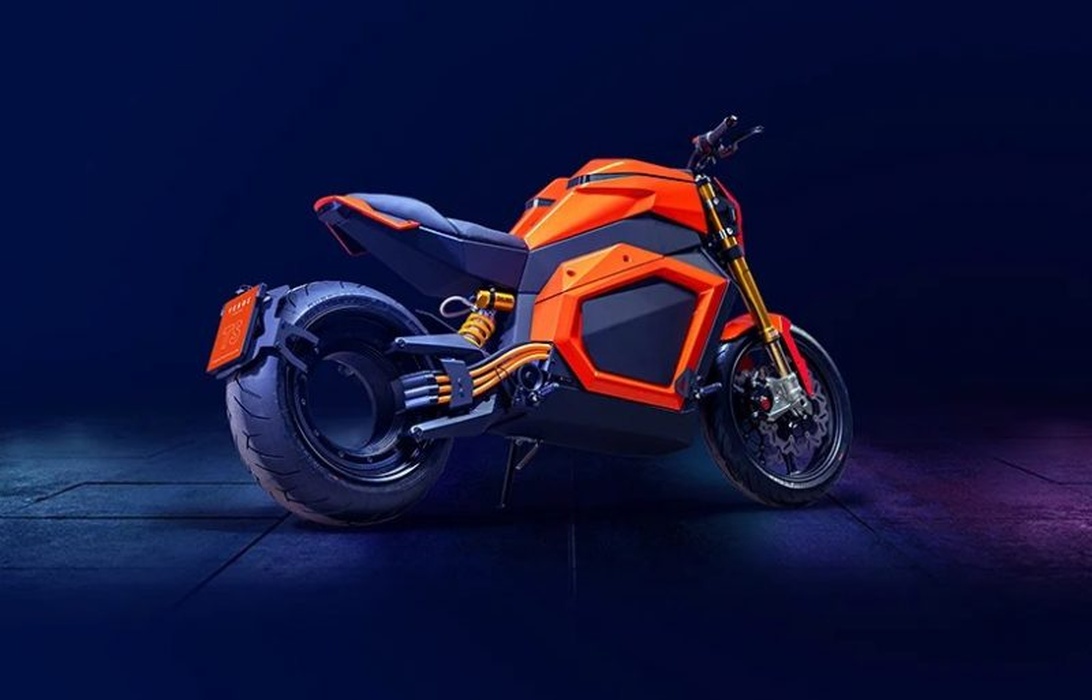As a rider, the buzz around electric motorcycles is impossible to ignore. We hear a lot about a cleaner, quieter future on two wheels. But as we look towards 2025, what’s the real story behind the environmental impact of electric bikes? It’s definitely not as simple as just ‘zero emissions’. Let’s dive into the current state of play, the challenges, and the innovations shaping the green credentials of electric motorcycles.
The zero-emission promise versus reality on the road
The biggest draw for electric motorcycles, environmentally speaking, is undeniably their lack of tailpipe emissions. Unlike traditional petrol bikes churning out CO2, nitrogen oxides, and other pollutants, electric bikes run clean at the point of use. This is fantastic news for air quality, especially in our towns and cities where vehicle fumes are a major headache. Think less smog and easier breathing – a significant plus highlighted by sources like Endolla Barcelona and others focused on urban health.
However, the reality on the ground heading into 2025 tells a more complex story. Despite the clear air quality benefits, the adoption of electric motorcycles hasn’t exactly exploded. Sales figures from 2024 show a worrying trend across Europe. In the UK, electric motorcycle registrations actually fell by 14.9% between January and September 2024, following a steep 33.7% drop the previous year. Other major markets like Germany (-45.8%), Italy (-29.9%), and Spain (-24%) saw similar declines, according to data published by Bennetts. France saw minor growth, but not enough to offset earlier losses.
So, why the slow uptake? Several factors seem to be holding riders back. Factors contributing to this slow uptake include high purchase prices compared to equivalent petrol models, persistent ‘range anxiety’ (the fear of running out of charge), patchy charging infrastructure across many regions, uncertainty surrounding government policies like the UK’s proposed petrol bike phase-out targets, and potentially reduced purchase incentives. In the UK, electric bikes made up only 3.2% of total motorcycle sales in 2024, and an even tinier fraction (0.16%-0.32%) of bikes over 125cc. This limited market penetration means their positive impact on overall transport emissions in 2025 will likely remain marginal.
Understanding the full environmental picture
To truly gauge the environmental impact, we need to look beyond the tailpipe using what’s called a Lifecycle Assessment (LCA). This means considering everything from cradle to grave: extracting raw materials, manufacturing the bike and its battery, transporting it, the energy used during its life, and finally, how it’s disposed of or recycled. It gives a much more honest picture than just focusing on emissions while riding.
Manufacturing, especially battery production, is where electric motorcycles face their biggest environmental challenge. Creating batteries is energy-intensive and requires mining materials like lithium, cobalt, and nickel. Studies referenced by outlets like Motorcycle News (MCN) and the European Environment Agency (EEA) show that producing an electric vehicle initially generates more greenhouse gases than making a petrol one. This creates an upfront ‘carbon debt’ that needs to be paid back through emission-free miles.
The scale of this manufacturing footprint is significant. A project by CAKE and Vattenfall calculated that producing one CAKE Kalk OR electric offroad bike generates 1,186 kg of CO2 equivalent (CO2e) – a standard unit for measuring greenhouse gas impact. While less than a car, it’s a substantial amount, highlighting the need for cleaner production methods.
Furthermore, the ‘zero emissions’ benefit during operation depends heavily on how the electricity is generated. Charging your electric bike with power from coal-fired plants is obviously less green than using electricity from solar or wind farms. As highlighted by WVMountainRider.com, the true environmental advantage grows significantly in regions with cleaner energy grids. The good news is that grids are getting cleaner globally, which will progressively lower the lifetime emissions of electric motorcycles.
The ‘break-even point’ – the mileage at which an electric vehicle becomes genuinely cleaner than its petrol counterpart over its whole lifecycle – is therefore crucial. For motorcycles, with their relatively large batteries compared to overall weight and potentially lower annual mileage than cars, this break-even point could be further out than for electric cars, especially if charged on fossil-fuel-heavy grids.
Innovation and industry shifts shaping the future
Despite the challenges, there’s a lot of positive movement happening in the electric motorcycle space looking towards 2025. Technology isn’t standing still. We’re seeing continuous improvements in battery energy density, meaning more range from smaller, lighter packs, or the same range with fewer materials used. Advancements discussed by sources like BRITE Energy Innovators point towards batteries becoming more efficient and potentially less resource-intensive.
Battery recycling is also becoming more sophisticated. Recovering valuable materials like lithium and cobalt reduces the need for new mining and cuts down the environmental impact of battery end-of-life. This circular economy approach is vital for long-term sustainability.
Manufacturers are also exploring more sustainable materials and production processes. Companies like Tarform, featured on Medium, are experimenting with plant-based leathers, recycled metals, and natural fibre composites. Their modular battery design approach also aims to extend the bike’s lifespan by allowing future upgrades. While the true sustainability of some novel materials is still under evaluation, this focus on eco-design is a promising trend.
We’re also seeing major manufacturers commit more seriously to electrification. Honda, for example, is entering its RTL ELECTRIC model in the FIM Trial World Championship in 2025, using motorsports as a testbed for the technology as part of its broader sustainability goals detailed by Fuels & Lubes Asia. Can-Am is launching its anticipated Pulse and Origin electric models in 2025, targeting both urban commuters and adventure riders, as showcased at EICMA 2024 and reported by The PACK. These moves signal growing industry investment.
Industry bodies are getting involved too. The Motorcycle Industry Association (MCIA) in the UK is promoting a ‘Net Zero Delivery Roadmap’, highlighting the role electric motorcycles and other Powered Light Vehicles (PLVs – typically covering scooters, mopeds, and light motorcycles) can play in decarbonising urban logistics. This push for reform indicates a strategic move towards integrating electric two-wheelers into sustainable transport systems.
Riding towards a greener future The road ahead for 2025
So, what’s the verdict for 2025? Electric motorcycles definitely hold significant potential for reducing urban air and noise pollution. Their role as a sustainable transport alternative, particularly championed in cities like Barcelona, is clear. The technology is improving, manufacturers are increasingly on board, and the push towards cleaner energy grids globally helps their case.
However, based on current adoption rates and the lifecycle factors discussed, their overall environmental impact in 2025 is likely to be modest rather than transformative. The ‘carbon debt’ from manufacturing remains a hurdle, and widespread uptake is still hindered by cost, range, and infrastructure concerns. The market trends predicted by sources like Kamax highlight growth, but from a very low base.
Government policies will be critical. Clear regulations, consistent incentives, and investment in charging infrastructure are needed to accelerate the transition. Actions like Vietnam’s mandate for motorcycle emissions testing starting in 2025, while focused on petrol bikes, reflect the growing regulatory pressure that indirectly supports electric alternatives. Conversely, uncertainty, like the status of the UK’s proposed phase-out dates, can dampen market enthusiasm.
Ultimately, electric motorcycles are a crucial part of the journey towards greener transport, as discussed by environmental advocates like Big Green Purse. While 2025 might be too soon to see them dominate the roads or single-handedly solve transport’s environmental woes, the progress in technology and growing industry focus suggest they are firmly on the path to becoming a more sustainable and impactful choice for riders in the years to follow. The key will be addressing the manufacturing footprint and accelerating adoption through supportive policies and continued innovation.




